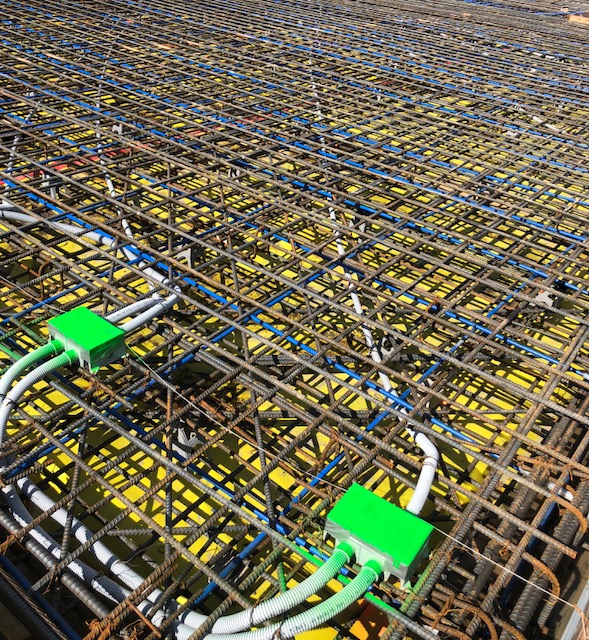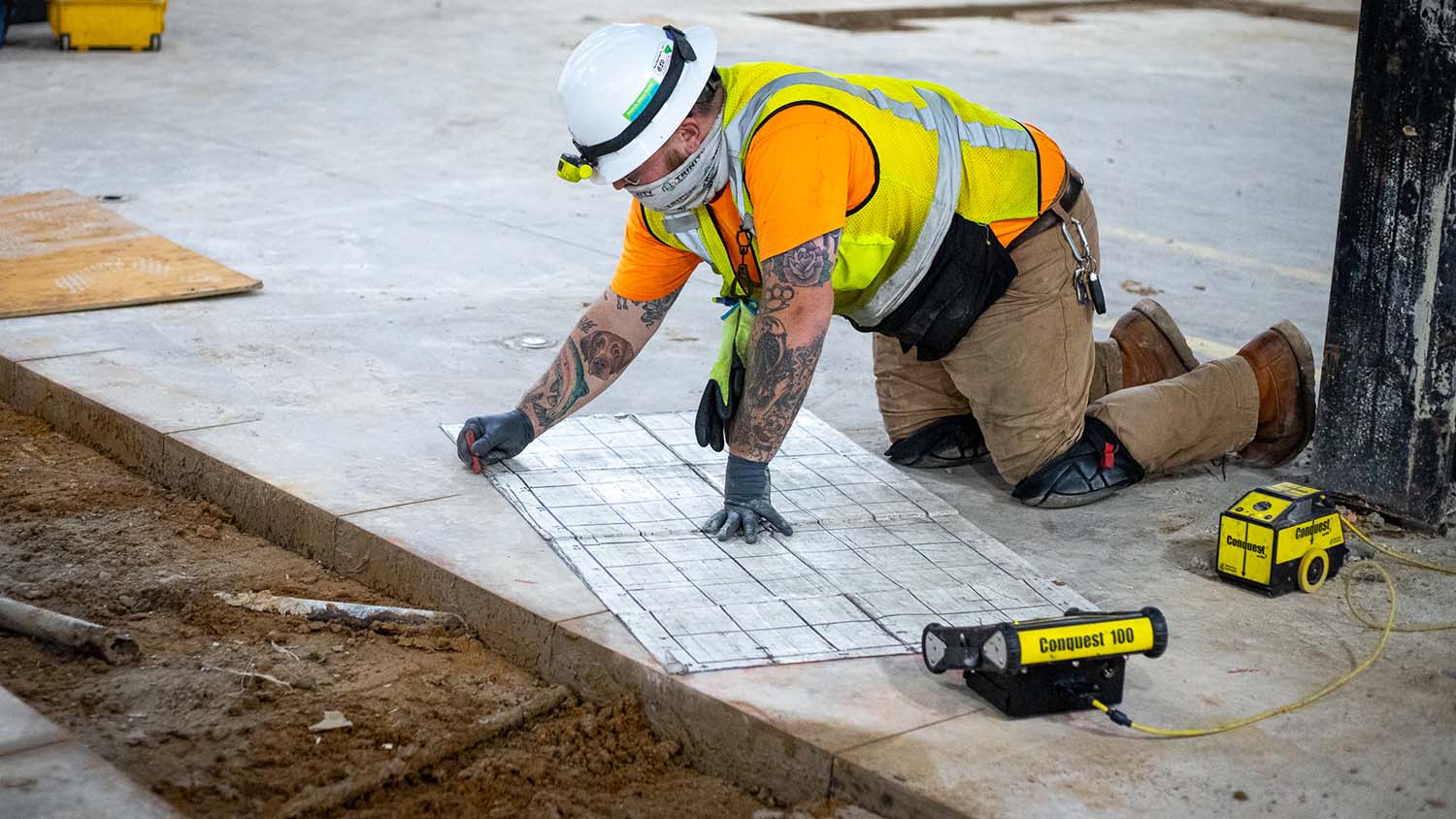Past the Surface: Leveraging Advanced Concrete Scanning Techniques for Unmatched Accuracy and Understanding
Advanced concrete scanning methods have emerged as crucial tools in this search, providing a glimpse underneath the surface to introduce a world of critical understandings. By harnessing sophisticated innovations, specialists can discover anomalies, examine the problem of concrete frameworks, and make notified choices that form the course of jobs.
Relevance of Advanced Concrete Scanning
The importance of making use of advanced concrete scanning methods depends on the unmatched precision they use for detecting sub-surface abnormalities and guaranteeing architectural stability. By using advanced modern technologies such as ground-penetrating radar (GPR), electromagnetic induction, and progressed finder imaging, building specialists can dive below the surface area of concrete structures with a degree of accuracy that much surpasses traditional inspection methods. Concrete Scanning. These strategies allow the identification of covert risks like rebar rust, gaps, avenues, or post-tension cable televisions that can jeopardize the security and safety and security of a framework gradually
Furthermore, advanced concrete scanning supplies invaluable insights into the total condition of a concrete element without the demand for intrusive steps, reducing the risk of creating damages during the analysis procedure. The capacity to identify the exact area and depth of potential concerns enables targeted repair services and upkeep, ultimately lengthening the life expectancy of the structure and enhancing its performance. Fundamentally, the importance of sophisticated concrete scanning can not be overstated in the world of building and infrastructure upkeep, where accuracy and reliability are extremely important.
Kinds Of Cutting-Edge Technologies

Abnormalities and Issue Discovery

In addition to GPR, concrete scanning methods like thermography and impact-echo screening are additionally efficient in discovering problems and abnormalities. By leveraging these sophisticated methods, professionals can proactively resolve architectural issues, ensuring the long life and security of concrete frameworks.
Assessing Concrete Problem
How can engineers accurately examine the condition of concrete frameworks to ensure their long life and security? Numerous advanced concrete scanning methods are used for this purpose. Ground-penetrating radar (GPR) is frequently used to examine the inner structure of concrete, identifying spaces, splits, and other abnormalities that may compromise its stamina.
Integrating non-destructive screening techniques with visual assessments permits for a comprehensive assessment of concrete condition, enabling designers to determine potential concerns early on and implement timely upkeep or repair services. By leveraging these sophisticated techniques, designers can make sure the long-lasting resilience and safety of concrete frameworks.
Enhancing Decision-Making Processes
In the world of facilities management, maximizing decision-making procedures is necessary for making useful content sure the efficient upkeep and durability of concrete structures. Improved decision-making processes in concrete monitoring include utilizing innovative scanning techniques to collect in-depth data on the problem of structures. By leveraging technologies such as ground-penetrating radar and 3D imaging, stakeholders can make informed choices relating to fixing, reinforcement, or replacement methods.
These progressed scanning techniques give vital insights right into the internal make-up of concrete, identifying prospective concerns such as spaces, splits, or rust that may not be visible on the surface area. This degree of comprehensive details enables positive upkeep preparation, reducing the risk of architectural failures and raising the general lifespan of concrete structures.
In addition, by integrating electronic documents and analysis tools right into the decision-making procedure, stakeholders can track the development of concrete problems in time, allowing anticipating maintenance methods and maximizing source allowance. Ultimately, the combination of advanced concrete scanning methods boosts decision-making processes by offering unequaled accuracy, understanding, and performance in infrastructure administration.
Final Thought
To conclude, advanced concrete scanning techniques offer unparalleled precision and understanding in identifying abnormalities, issues, and examining the condition of concrete structures. By leveraging innovative technologies, decision-making procedures can be enhanced, causing even more reliable and educated remedies for keeping and fixing concrete framework. These techniques play an important role in making certain continue reading this the security and long life of concrete frameworks, making them a vital tool in the area of construction and design.
Additionally, progressed concrete scanning supplies important understandings into the total condition of a concrete component without the need for intrusive measures, decreasing the danger of creating damage during the analysis process - Concrete Scanning. One more innovative modern technology is 3D X-ray scanning, which offers detailed photos of the interior framework of concrete, using important details without the requirement for destructive testing. In Addition, Concrete Cover Meters are utilized to measure the density of concrete cover over reinforcement bars properly. Improved decision-making procedures in concrete monitoring include making use of sophisticated scanning techniques to gather detailed data on the condition of frameworks.In final thought, progressed concrete scanning techniques supply exceptional accuracy and understanding in detecting anomalies, flaws, and assessing the condition of concrete structures
Comments on “Choosing the Right Concrete Scanning Tools”